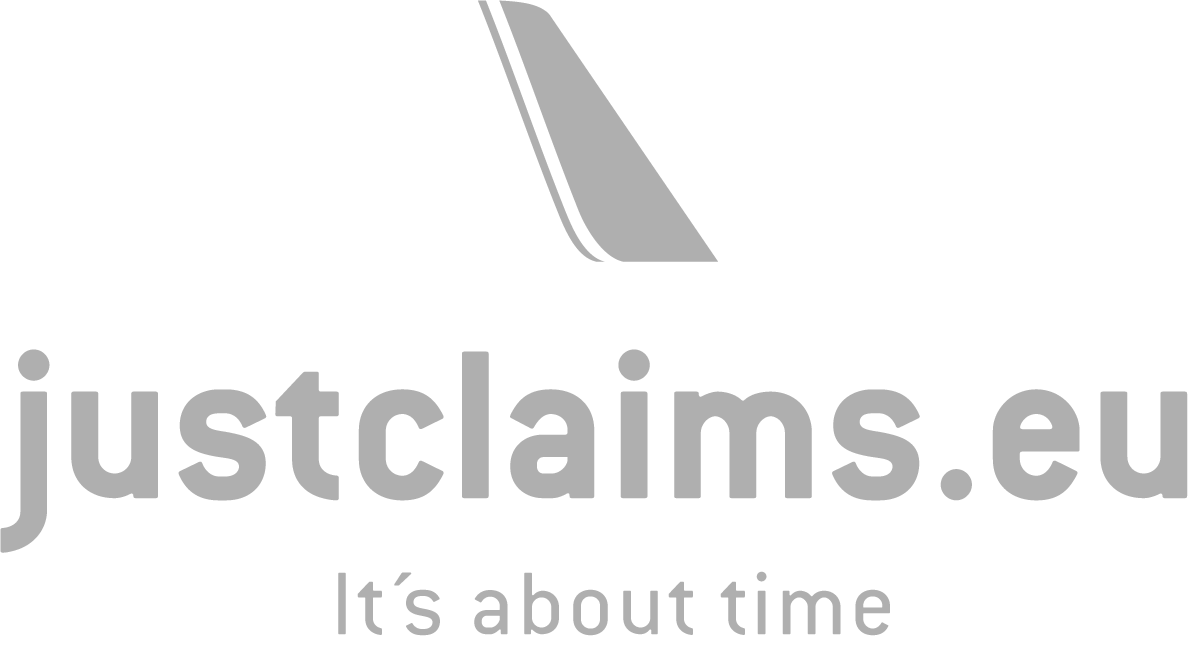Cloud infrastructure AWS & Kubernetes - from setup to operation
With our extensive experience and deep expertise in AWS and Kubernetes, we help companies efficiently and reliably set up their cloud infrastructure with Kubernetes on AWS.
- Cloud architecture and design
- AWS Migration
- Reducing costs with AWS
- and much more.

Cloud services with AWS
We have been working with AWS for more than 10 years and, among other things, have already supported a large German corporation for many years with the complete migration of all applications to AWS. We have helped a number of start-ups to design and implement their infrastructure on AWS. We offer the following services in the area of AWS:
- Cloud Architecture and Design
We design customized AWS architectures perfectly tailored to the needs of your applications. - Migration to the Cloud
Seamless migration of your existing infrastructure to the AWS cloud with minimal downtime. - Cost Optimization
Identifyingpotential savings and optimizing your AWS usage to reduce costs. - Essential Services
Backups, monitoring, and cost limit monitoring.
Kubernetes services
In addition to AWS, Kubernetes has now become an integral part of our service portfolio. We recommend Kubernetes to many customers when applications need to run particularly flexibly, scalably and efficiently. Our services relate to:
- Kubernetes Cluster Setup
Setup and configuration of highly available Kubernetes clusters that are scalable and secure. - CI/CD Pipelines
Automate your software development with robust CI/CD pipelines on Kubernetes. - Cluster Management
Ongoing management, monitoring, and optimization of your Kubernetes environment.



















We were very satisfied with the way the project was implemented. In addition to the existing technical expertise, the collaboration was professional, transparent, and collegial from the very beginning. Moreover, we were proactively supported in areas not directly related to the infrastructure setup, such as compliance and data protection issues.
Advantages of working together with makandra
Our expertise with AWS
Other hosting solutions from makandra
FAQ about AWS and Kubernetes
AWS (Amazon Web Services) is a comprehensive and constantly expanding cloud computing platform from Amazon. It offers a variety of services such as computing power, storage, databases, machine learning and more, available over the Internet. AWS enables companies to create, manage and scale applications and infrastructure flexibly and cost-effectively without having to invest in physical hardware.
Getting started with AWS is designed to be simple and flexible, so you can get started right away regardless of your experience. First, you can create a free AWS account that gives you access to a variety of services through the AWS Free Tier. The Free Tier allows you to try out many AWS services for free, including 750 hours of Amazon EC2, 5GB of Amazon S3 storage and 25GB of storage in Amazon RDS, at no cost to you for the first 12 months.
Once you've created your account, you'll have access to the AWS Management Console, a user-friendly web-based interface that allows you to manage your cloud resources and set up new services.
In addition, AWS offers extensive documentation, tutorials and training to help you quickly familiarize yourself with the platform and develop and run your first applications in the cloud.
AWS offers high scalability, making it possible to adapt IT resources flexibly and cost-effectively to changing requirements. The platform is extremely flexible and supports a wide range of tools and services so that applications can be developed and operated in different languages and on different platforms.
AWS also ensures high reliability through a global network of data centers with built-in backup and recovery capabilities that ensure resilience and data availability.
The cost of AWS varies depending on usage and the specific services you are using. AWS offers a pay-as-you-go model where you only pay for the resources you actually use, which allows for high cost efficiency. In addition, AWS offers various pricing models such as Reserved Instances and Savings Plans, which offer long-term discounts if you opt for fixed usage over one to three years.
AWS also provides tools such as the AWS Cost Explorer and AWS Budgets to help you monitor and optimize your spending to avoid cost surprises.
One of the strategies is to use Reserved Instances (RIs), which offer significant discounts (up to 75%) compared to on-demand instances if you commit to using them for one or three years. This is particularly beneficial for workloads with constant demand. For workloads that are flexible and can be interrupted, Spot Instances offer significant savings of up to 90% over on-demand pricing by utilizing unused EC2 capacity.
Automated scaling with AWS Auto Scaling ensures you only use the resources you need. Right-sizing your resources, i.e. adjusting the size of instances, storage and databases to actual demand, is also very effective. Use AWS tools such as CloudWatch and AWS X-Ray to monitor the performance of your applications and identify inefficiencies or over-utilization of resources.
With the flexibility of AWS comes an equally powerful complexity. The challenge here is to maintain an overview of the breadth and depth of the various options and components when operating infrastructure. It requires extensive experience with the technologies used and their implementation with AWS in particular.
Operating infrastructure in the AWS cloud requires constant monitoring and maintenance to ensure optimal performance, security and cost control.
Kubernetes uses a control plane-worker architecture. The control plane contains the control components and the worker nodes execute the containerized applications. Applications are packaged in containers that run in pods - the smallest executable unit in Kubernetes.
The control plane orchestrates the pods, scales them as required and ensures their availability. Kubernetes monitors workloads automatically and takes action when necessary, such as reassigning pods in the event of node failures or restarting malfunctioning containers.
Kubernetes enables easy management and scaling of applications by automatically distributing pods to different nodes and starting new instances when needed. It ensures high availability by monitoring pods and automatically restarting them if they fail. Kubernetes also provides the ability to seamlessly update applications and perform rollbacks without causing downtime, making it ideal for continuous deployment and rapid development cycles.
It also supports the seamless integration of CI/CD pipelines, allowing applications to be deployed and updated faster.
Although Kubernetes is powerful and flexible, it can be complex, especially for beginners. Challenges can include initial setup, managing persistent storage, configuring networks and ensuring security and compliance. It also requires a deep understanding of containers and microservices architectures. In addition, running a Kubernetes cluster in a production environment requires constant monitoring and maintenance to ensure optimal performance and security.
We support you with your AWS infrastructure.
Our team of AWS and Kubernetes experts will support you with your cloud and Kubernetes challenges. Get in touch with us.


